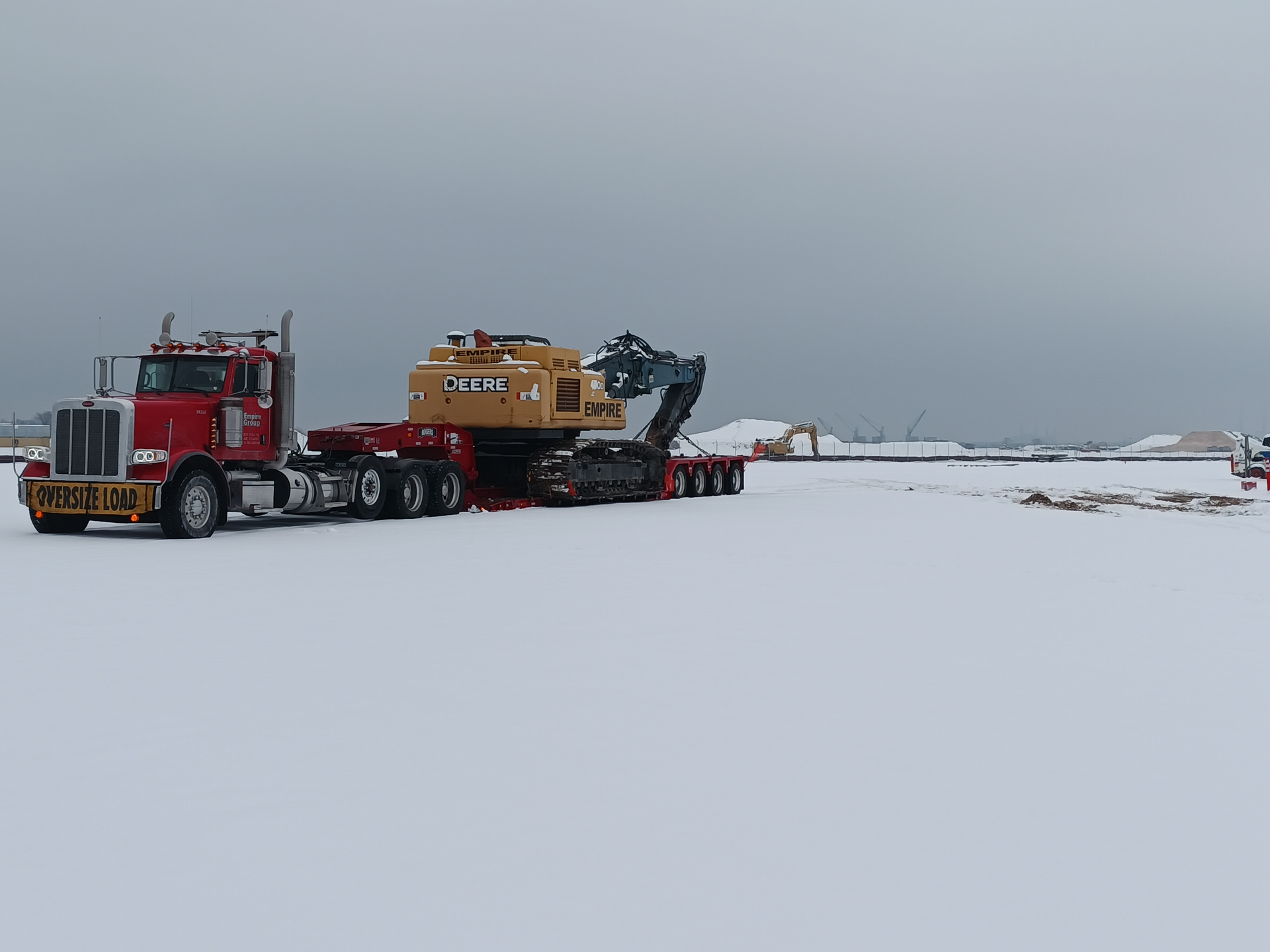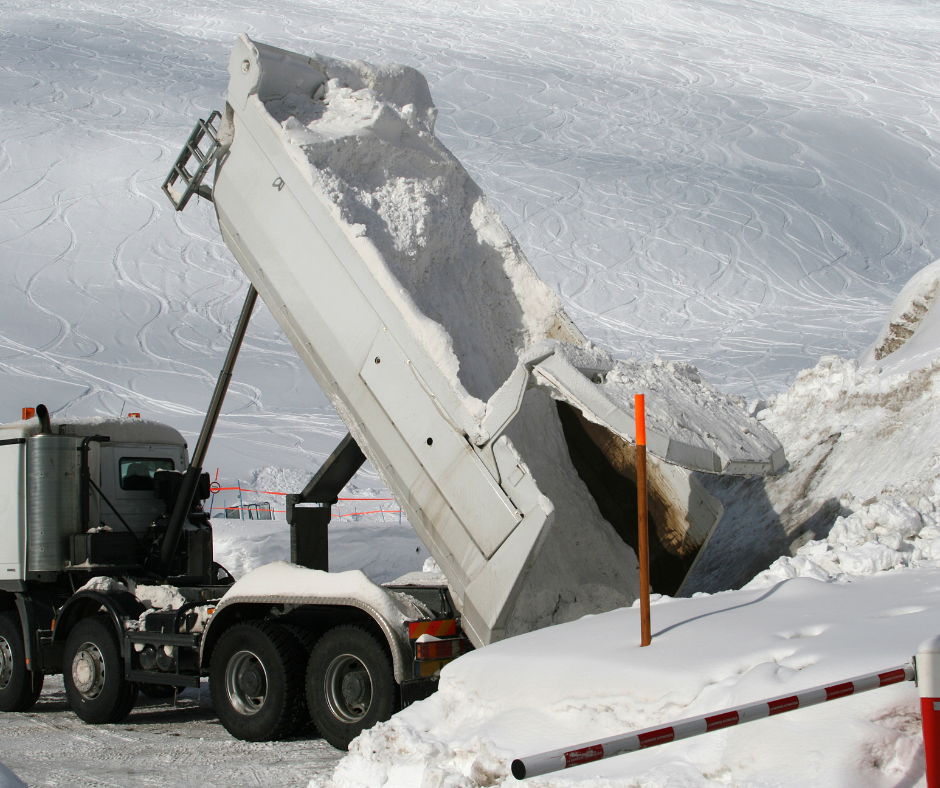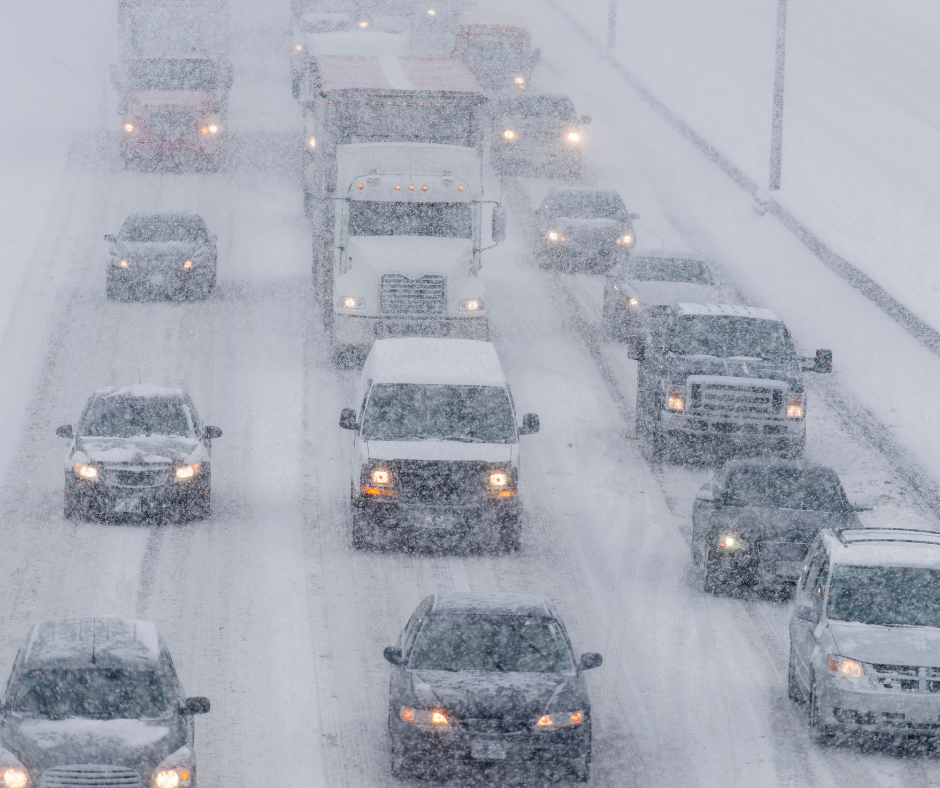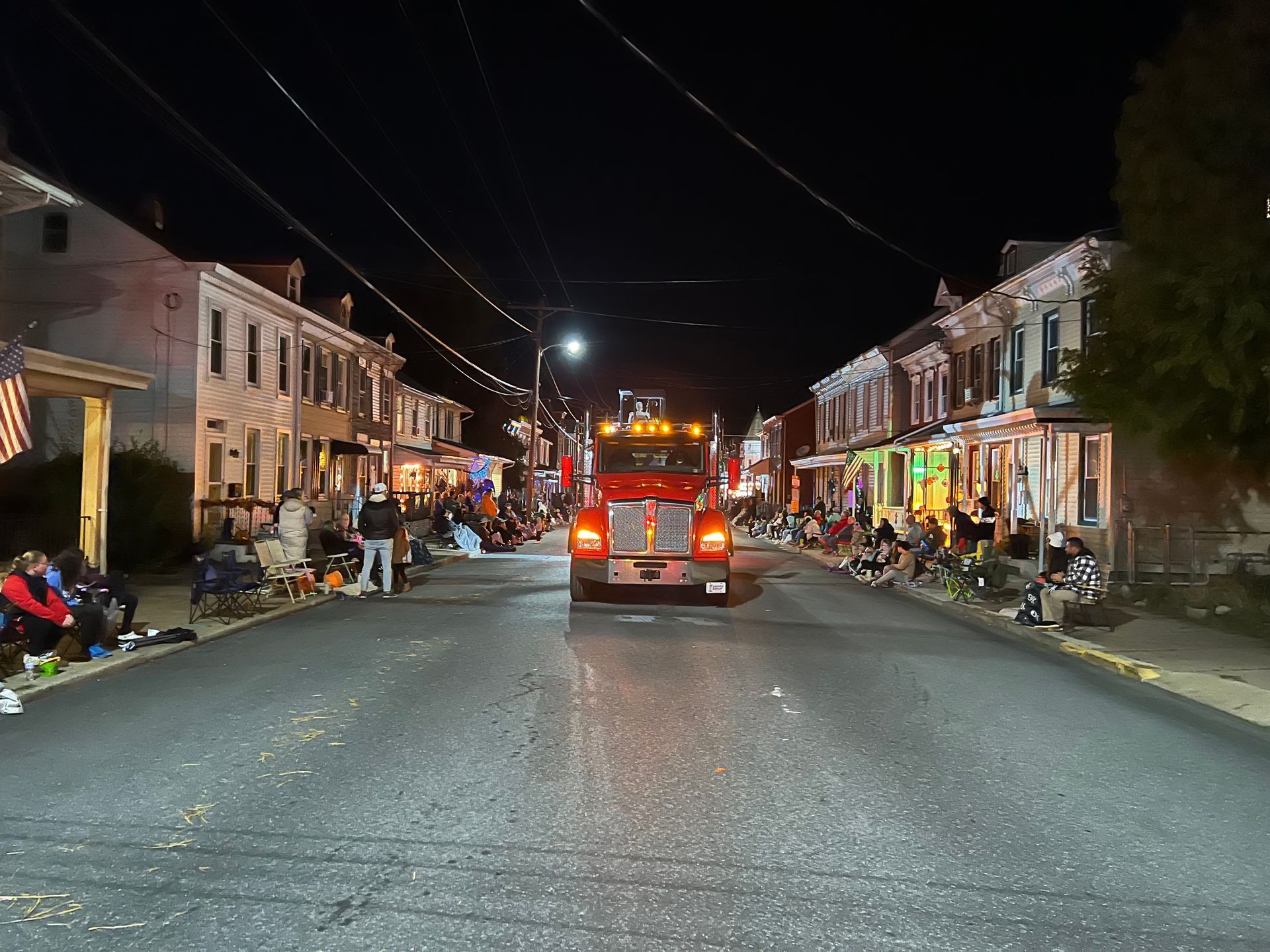

How DVC's Trailers Are Perfect for Transporting Mulch, Stone, Sand and Soil for Landscaping Projects







When learning to drive a truck, you are often labeled either a defensive or an offensive driver. It is often argued which type of driver practices safe driving. Defensive driving is the practice of using strategies to predict hazards on the road to minimize accidents. On the other hand, offensive driving is taking control of the road by forcing vehicles around you to adapt. While it may seem that taking control of the road is a safer way to protect you and your truck, it’s not. Defensive driving is the safer way to drive. This method of driving has been around for nearly 90 years. We know what defensive driving means, but what are the top techniques for truck drivers?
Defensive driving techniques were invented by Mark Pepys (the Earl of Cottenham) in 1937 to help reduce accidents during police pursuits. He was a race car driver and part of a committee set up by Lord Trenchard to investigate accident rates among police drivers in the United Kingdom. This method of driving was adopted in the U.S. and has saved lives. The techniques revolve around what drivers might do and how road conditions can affect their driving. Defensive driving consists of two principles: driver awareness and creating a buffer. But how are they done?
Here are the top seven techniques to help you drive defensively.
1. Scan Ahead – Scan the road ahead to check for any dangerous situations, such as backed up traffic, a vehicle on the side of the road or an emergency or police vehicle proceeding around traffic. In a city, you should scan ahead 1.5 blocks and, on the highway, a quarter of a mile.
2. Maintain a Safe Distance (The Buffer) – Trucks should have at least 2 car lengths between them and the vehicle in front of the truck. This should provide 4 seconds of distance for trucks driving up to 40 mph – add 1 second for each additional 10 mph of speed.
3. Create a Way Out – There should be enough room for you to physically create a path out of harm’s way (front, left side or right side).
4. Don’t Focus on the Light – When at an intersection, focus on the intersection itself and not the green light. It’s important to check your surroundings, including pedestrians and speeding cars.
5. Drive Backwards Slowly – You know you’re backing up, but do the vehicles around you? When backing up, go very slow as to alert others around you of your truck’s presence.
6. Stay Focused – Know the traffic patterns around you and always stay alert. This means no distractions, such as eating, smoking, or talking on the phone. Be sure to get plenty of sleep and do not drive with alcohol in your system.
7. Be Prepared – Always plan your route ahead of time, especially for bad weather, bridges, and high traffic areas. Keep a “survival” kit in your truck in case you get stuck behind an accident or in bad weather. Plus, keep both hands on the steering wheel and sit straight so you’re alert for any situation.
By following these techniques, you’ll have a safer and enjoyable haul. Avoiding accidents (and tickets) means less time off the road and keeping your truck in optimal condition. At DVC, we take pride in our drivers being safe and courteous on the road. Contact us today to learn more!













